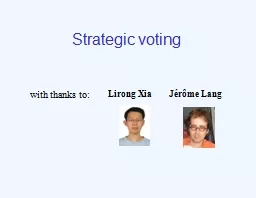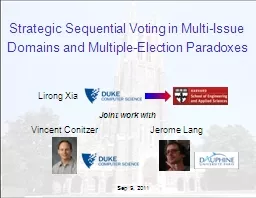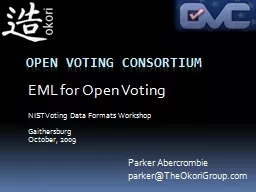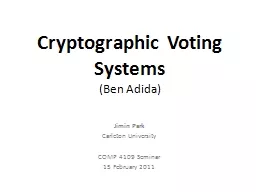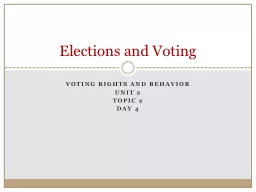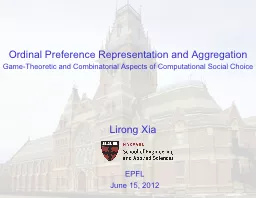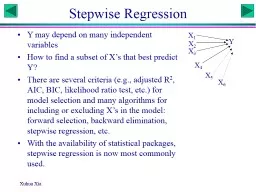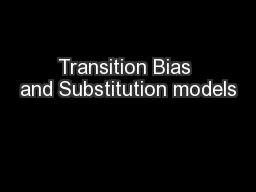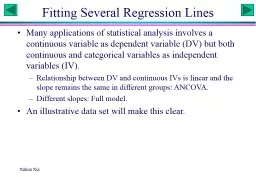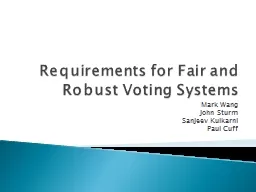PPT-Strategic voting Lirong Xia
Author : adhesivedisney | Published Date : 2020-08-27
Jérôme Lang with thanks to Lets vote gt gt A voting rule determines winner based on votes gt gt gt gt 1 2 Voting Plurality rule
Presentation Embed Code
Download Presentation
Download Presentation The PPT/PDF document "Strategic voting Lirong Xia" is the property of its rightful owner. Permission is granted to download and print the materials on this website for personal, non-commercial use only, and to display it on your personal computer provided you do not modify the materials and that you retain all copyright notices contained in the materials. By downloading content from our website, you accept the terms of this agreement.
Strategic voting Lirong Xia: Transcript
Download Rules Of Document
"Strategic voting Lirong Xia"The content belongs to its owner. You may download and print it for personal use, without modification, and keep all copyright notices. By downloading, you agree to these terms.
Related Documents

